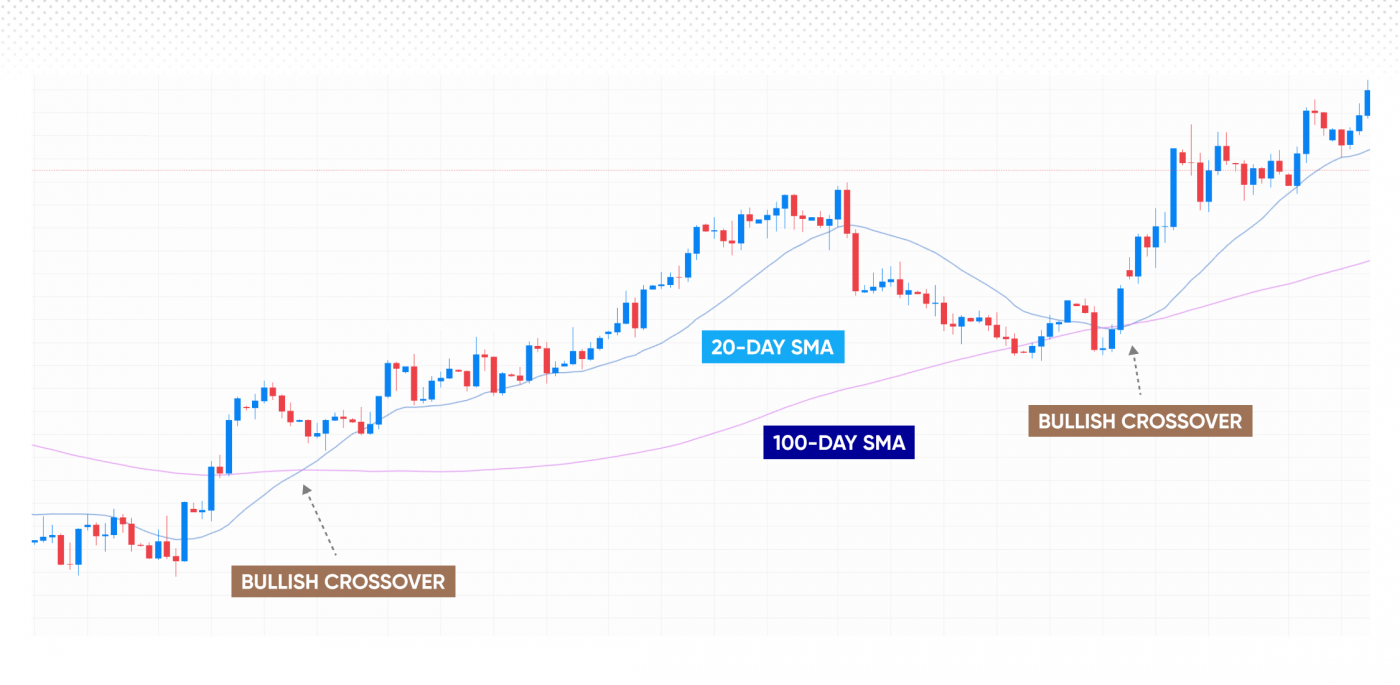Introduction
In the realm of options trading, moving averages hold immense power as reliable indicators of market trends. They smooth out price fluctuations, revealing the underlying direction and momentum of an asset’s price movement. Understanding how to harness the potential of moving averages is paramount for traders seeking to mitigate risk and enhance their profit potential.
:max_bytes(150000):strip_icc()/dotdash_Final_How_to_Use_a_Moving_Average_to_Buy_Stocks_Jun_2020-02-85609403fbee41089d13a9ffa649bdac.jpg)
Image: www.investopedia.com
As a seasoned options trader, I’ve witnessed firsthand the remarkable benefits of using moving averages in my trading strategies. From identifying potential trading opportunities to optimizing entry and exit points, moving averages have proven invaluable in navigating the volatile world of options markets.
Moving Averages: A Foundation for Options Trading
Moving averages are calculated by taking the average closing price of an asset over a specified period and plotting it on a chart. This process filters out the noise inherent in short-term price movements, allowing traders to discern the general trend. Popular moving averages include the simple moving average (SMA), exponential moving average (EMA), and weighted moving average (WMA).
Depending on the moving average’s period, it can provide insight into different aspects of market behavior. Short-period moving averages, such as the 10-day or 20-day SMA, are sensitive to recent price action and capture short-term trends. Conversely, longer-period moving averages, such as the 50-day or 200-day SMA, smooth out price fluctuations and reveal long-term market direction.
Identifying Trading Opportunities with Moving Averages
Moving averages serve as a powerful tool for identifying potential trading opportunities. When the price of an asset crosses above or below a moving average, it can signal a change in trend or the start of a new trading range. Traders can use these crossovers as a signal to enter or exit positions.
For instance, if the price of a stock crosses above its 200-day SMA, it could indicate a long-term bullish trend, warranting further investigation. Conversely, a price crossing below the 10-day SMA might suggest a short-term bearish trend, prompting traders to consider closing any long positions or even initiating short positions.
Tips and Expert Advice for Effective Moving Average Trading
Mastering the art of trading options using moving averages requires a combination of technical knowledge and practical trading experience. Here are a few crucial tips to enhance your trading strategy:
- Choose the Right Moving Average: Select a moving average that aligns with your trading style and risk tolerance. Short-period moving averages are more responsive to price changes but can generate false signals during periods of volatility. Longer-period moving averages provide a smoother trendline but may not be timely in capturing sudden shifts in market sentiment.
- Multiple Moving Averages: Using multiple moving averages can provide a more comprehensive view of market trends. Consider employing a combination of short-term and long-term moving averages to identify both short-term and long-term market dynamics.
- Trend Confirmation: Moving average crossovers should not be viewed as immutable trading signals. Verify the trend by analyzing other technical indicators, such as support and resistance levels, market volume, and momentum indicators.

Image: capital.com
Frequently Asked Questions (FAQs)
- Q: Which moving average is the most reliable?
A: There is no definitive answer as the best moving average depends on the trader’s individual trading style and the market conditions. However, the 200-day SMA is widely considered a reliable long-term trend indicator.
- Q: How do I interpret moving average crossovers?
A: A bullish crossover occurs when the price crosses above the moving average, indicating a potential uptrend. A bearish crossover occurs when the price crosses below the moving average, signaling a potential downtrend.
- Q: How can I avoid false signals from moving averages?
A: False signals from moving averages can be reduced by using multiple moving averages, considering other technical indicators, and filtering signals based on market volatility.
Trading Options Moving Average

Image: www.wavesstrategy.com
Conclusion
Leveraging the power of moving averages in options trading can significantly enhance your ability to identify trading opportunities, assess market trends, and minimize risk. By incorporating the insights and advice presented in this guide, you can refine your trading strategies and unlock the full potential of this time-tested technical analysis tool. Are you ready to revolutionize your options trading journey with moving averages?






